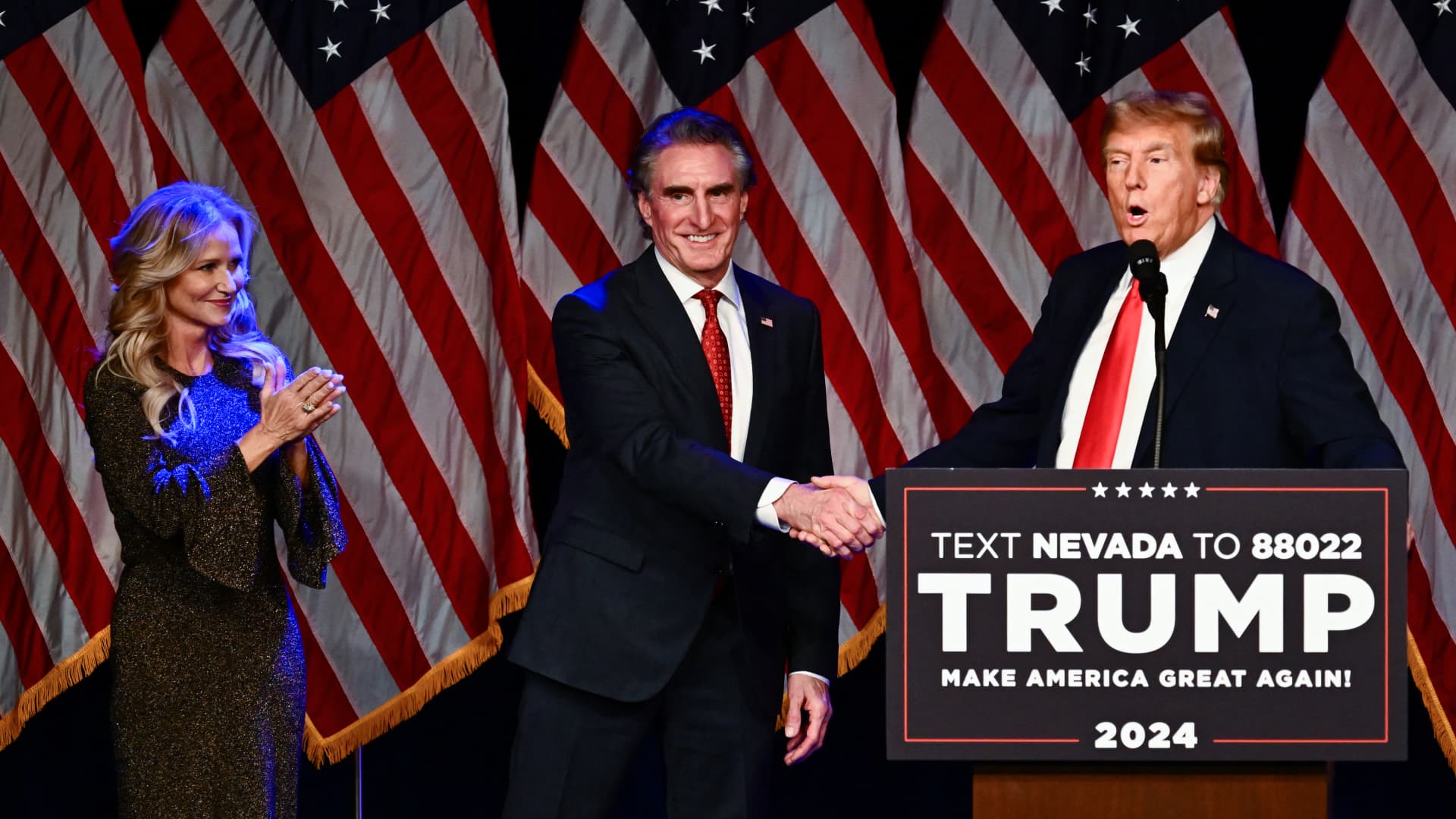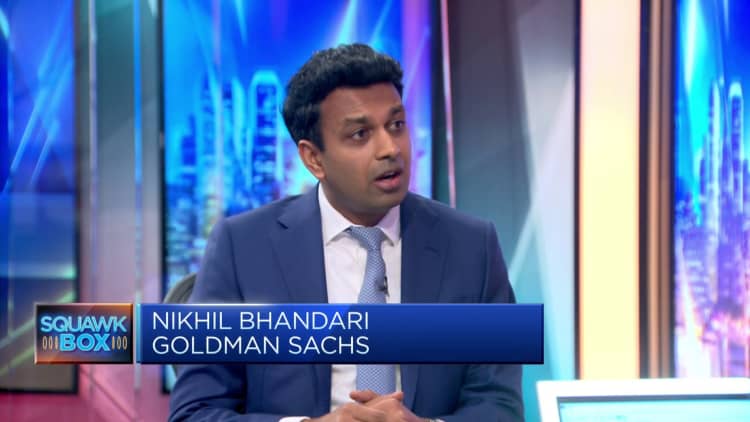Published
8 seconds ago
on
June 2, 2024 Graphics/Design:
See this visualization first on the Voronoi app.
Ranked: Top 10 Deadliest Animals for Humans
This was originally posted on our Voronoi app. Download the app for free on iOS or Android and discover incredible data-driven charts from a variety of trusted sources.
While running into wild animals in a forest can seem like the worst situation for humans, there are plenty of other animals that are far deadlier than large predators.
We rank the top 10 deadliest animals by the number of people killed per year. Data for this visualization and article is sourced from BBC Science Focus.
Spreaders of Diseases are Deadliest for Humans
Mosquitoes, of course, are the reigning champions on the toll they take on humans. Every year they kill more than 700,000 people through a multitude of deadly diseases—dengue, yellow fever, and malaria.
By some estimates, mosquitoes are responsible for the deaths of half of all the humans that have ever lived.
RankAnimalHumans Killed Annually 1🦟 Mosquitoes*725,000 2👫 Humans**400,000 3🐍 Snakes138,000 4🐕 Dogs*59,000 5🐜 Assassin Bugs*10,000 6🦂 Scorpions3,300 7🐊 Crocodiles1,000 8🐘 Elephants600 9🦛 Hippos500 10🦁 Lions200
Note: *Spreads diseases. **Homicides only.
Meanwhile, humans are (almost) their own worst enemies. Every year, nearly 400,000 homicides take place, making humans the second-deadliest animal for other human beings. And this doesn’t account for all the human-caused accidents that result in fatalities.
At fourth place, dogs may be our best friends, but as a carrier of the deadly rabies virus, they end up fourth on the list of top 10 deadliest animals.
Rounding out the top five are assassin bugs, which spread the parasite that causes Chagas disease, a condition that can go untreated for years and can result in serious complications that make it life-threatening.
Large mammals, including lions, hippos, and elephants round out the top 10. Interestingly, bears kill around one person a year on average and wouldn’t be anywhere close to making this list of the deadliest animals.


